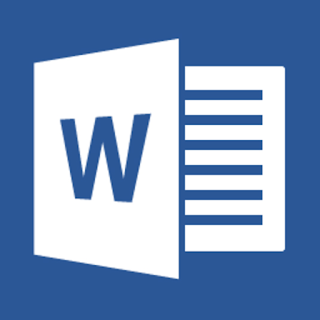Ctrl + Shift + ; Enter the current time.
Ctrl + ; Enter the current date.
Alt + Shift + F1 Insert New Worksheet.
Alt + Enter While typing text in a cell, pressing Alt + Enter will move to the next line, allowing for multiple lines of text in one cell.
Shift + F3 Open the Excel formula window.
Shift + F5 Bring up search box.
Ctrl + 1 Open the Format Cells window.
Ctrl + A Select all contents of the worksheet.
Ctrl + B Bold highlighted selection.
Ctrl + I Italic highlighted selection.
Ctrl + K Insert link.
Ctrl + Z Undo last action.
Ctrl + F3 Open Excel Name Manager.
Ctrl + F9 Minimize current window.
Ctrl + F10 Maximize currently selected window.
Ctrl + F6 Switch between open workbooks or windows.
Ctrl + Page up Move between work sheets in the same document.
Ctrl + Page down Move between work sheets in the same document.
Ctrl + ; Enter the current date.
Alt + Shift + F1 Insert New Worksheet.
Alt + Enter While typing text in a cell, pressing Alt + Enter will move to the next line, allowing for multiple lines of text in one cell.
Shift + F3 Open the Excel formula window.
Shift + F5 Bring up search box.
Ctrl + 1 Open the Format Cells window.
Ctrl + A Select all contents of the worksheet.
Ctrl + B Bold highlighted selection.
Ctrl + I Italic highlighted selection.
Ctrl + K Insert link.
Ctrl + Z Undo last action.
Ctrl + F3 Open Excel Name Manager.
Ctrl + F9 Minimize current window.
Ctrl + F10 Maximize currently selected window.
Ctrl + F6 Switch between open workbooks or windows.
Ctrl + Page up Move between work sheets in the same document.
Ctrl + Page down Move between work sheets in the same document.
Ctrl + Tab Move between Two or more open Excel files.
Alt + = Create a formula to sum all of the above cells.
Ctrl + ' Insert the value of the above cell into the cell currently selected.
Ctrl + Shift + 1 Format number in comma format.
Ctrl + Shift + 4 Format number in currency format.
Ctrl + Shift + 3 Format number in date format.
Ctrl + Shift + 5 Format number in percentage format.
Ctrl + Shift + 6 Format number in scientific format.
Ctrl + Shift + 2 Format number in time format.
Ctrl + Arrow key Move to next section of text.
Ctrl + Space Select entire column.
Shift + Space Select entire row.
Ctrl + - Delete the selected column or row.
Ctrl + Shift + = Insert a new column or row.
Ctrl + Home Move to cell A1.
Ctrl + ~ Switch between showing Excel formulas or their values in cells.
Ctrl + S Save the open worksheet.
Ctrl + U Underline highlighted selection.
Ctrl + 1 Change the format of selected cells.
Ctrl + 5 Strikethrough highlighted selection.
Ctrl + P Bring up the print dialog box to begin the printing process.
F2 Edit the selected cell.
F3 After a name has been created, F3 will paste names.
F4 Repeat last action. For example, if you changed the color of text in another cell, pressing F4 will change the text in cell to the same color.
F5 Go to a specific cell. For example, C6.
F7 Spell check selected text or document.
F11 Create chart from selected data.









